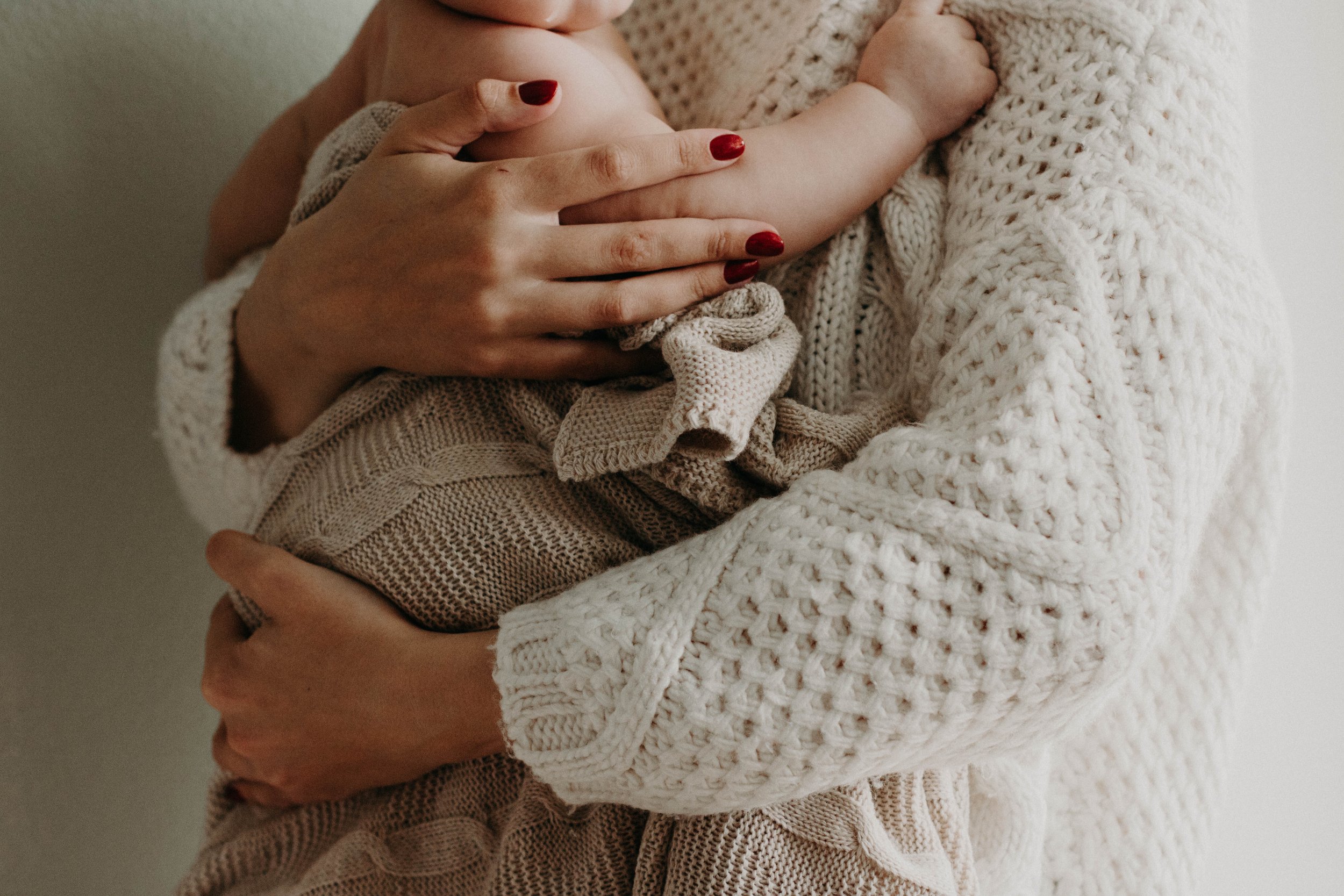What are Attachment Styles & how does it affect us as adults?
Attachment styles are the way we learnt from young how to relate with others. Our attachment styles are first introduced to us by our caregivers. These are the adults who spend the most time with us during childhood. There are 4 types of attachment styles. Each of these 4 attachment styles affect the way we behave, affects the way we see the world, and how we show up for it.
1. Optimal attachment
This is the attachment style of a comforting environment. At a young age, the child feels safe and secure with their parents. These parents are capable of showing love, and repairing hurtful situations. These parents are often secure within themselves. and take responsibility of their actions, apologize to the child when needed. When a child sees their parent's acts of repairment, the child comes to awareness that it is possible to be human (with all our flaws) and still be loved.
Such children can grow up to be accepting and allowing of mistakes. They tend not to be perfectionist and are able to credit themselves for their efforts. They have healthy levels of self-esteem, don’t need external validation or approvals.
2. Avoidant attachment
This is the attachment style of children whose parents are not always present. Parents being absent for most of the child’s life sends a message to the child that they are not worthy of their parent’s time. These children learn that they are not important enough, not good enough. Understandably, parents have their reasons for leaving their child in the care of another adult. Yet, because the child has not developed cognitive skillset to understand the reason their parents do not spend time with them, they create the belief system that they are not worthy. They start to believe their emotions are not valid, that they should block themselves of their desires, inner feelings or their dreams.
Such children grow up unable to feel their own emotions. They may be analytical, and hence place focus on external validations than to tune in themselves.
3. Ambivalent attachment
This is the attachment style of children whom had to play the role of being the parent of their parents. They don’t feel trust or safety around their parents. This often happens when their parents have unresolved emotions or trauma within themselves. The child often feels anxious and unable to rely on their parents since they are disconnected most of the time.
These children grow up to feel insecure. They sense that no one can be relied upon, that they can only depend on themselves even though a part of them craves for more support, attention and love.
4. Disorganized attachment
This is the attachment style that affects a child greatly and often happens in the case of abuse or neglect. The child feels unsafe because the source of distress and danger comes directly from their parent. The child grows up confuse because the exact people who is supposed to protect and care of them are the ones who harm them. This causes the child to feel guilty for not wanting to be near their parents, but also to feel a sense of danger when they are near their parents.
These children often grow up lacking coping skills, feeling avoidant towards relationships, and having low feelings of self-worth or self-esteem.
Am I doomed?
Ideally, we wish for ourselves to experience optimal attachment, yet most of us fall into one of the other 3 attachment styles. And that is ok. Here is why: we can learn to reparent ourselves.
Research has shown that our brain is neuroplastic, that means it can change. Our brain has the power to heal from adverse childhood experiences. When we know our attachment styles, we are able to identify the areas in our life which needs more tender loving care. We can learn to see ourselves through the eyes of love and compassion. When we see ourselves with kinder eyes, we are gentler with ourselves, and this frees us from our past.
As adults, we are able to take on the role of being a parent for ourselves. We can give back to our inner child the exact love and care we're deprived of and needed when we're young. It is never too late to repair the relationship you have with yourself.
The 4S:
According to Dr Siegel, secure attachment comes from an environment where a child feels: Safe, Seen, Soothed, and Secure.
We can heal ourselves when:
We allow ourselves to feel safe being in the present moment
Feel seen when experiencing different emotions (good and bad)
Are able to sooth and comfort ourselves in difficult situations
Feel secure being who we are
Creating an environment for ourselves to feel Safe, Seen, Soothed, and Secure will boost our self-esteem, reduce tendencies to seek external validations.
We can live a better life, and heal our past by taking the ownership of being the parents for ourselves and loving the inner child within us.
Since you’re here, be sure to subscribe to our email list and be part of the EB Tribe. You’ll get instant access to a powerful training guide that I created to help you release the critical, judgmental thoughts in your mind 📩. You’ll also get exclusive content, some special love notes, and personal updates from me that I simply don't share anywhere else 🤫

